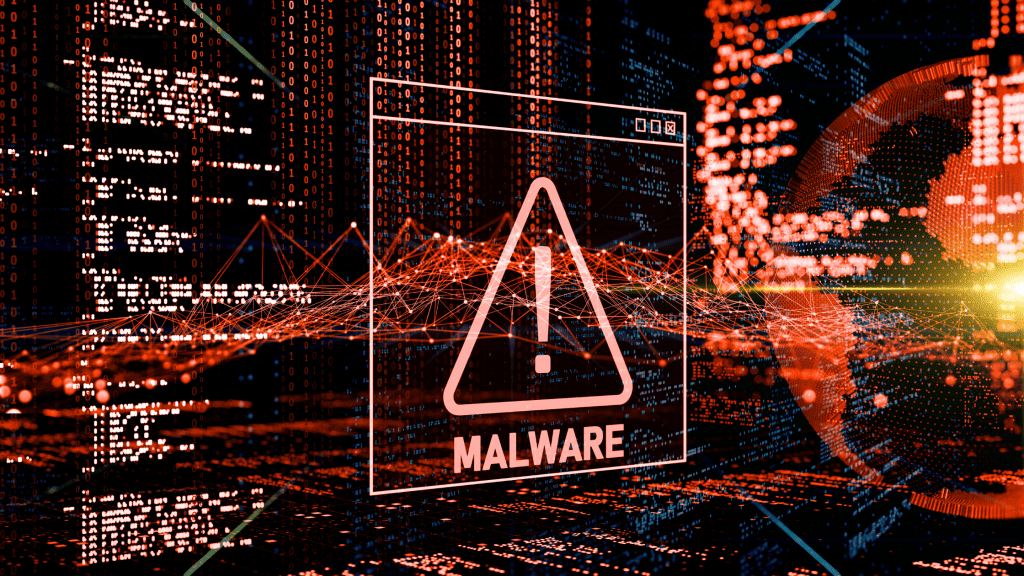The cybersecurity landscape has witnessed a surge in sophisticated cyber threats and attacks. Among these emerging hazards is LOBSHOT hVNC malware, which poses significant risks to both individual users and organisations alike.
This sophisticated malware can give cybercriminals access to a victim’s computer, allowing them to steal sensitive information or take control of the system. Understanding this malware is crucial in protecting yourself and your computer.
Let us delve into its capabilities, how it spreads, and the potential damage it can cause. By the end of this article, you will better understand this malware and how to protect yourself from it.

What Is LOBSHOT hVNC Malware?
LOBSHOT hVNC Malware1 is malicious software designed to infiltrate and take control of a victim’s Windows operating system. This malware is typically spread through phishing emails or compromised websites and can go undetected for long periods.
This malicious software utilises hidden Virtual Network Computing (hVNC) technology to enable remote access and control of infected systems without detection by traditional security measures.
Once LOBSHOT hVNC Malware infects a computer, it can steal sensitive information such as usernames, passwords, and credit card numbers. It can also take screenshots, record keystrokes, and even activate the victim’s webcam and microphone for remote surveillance.
The primary goal of LOBSHOT hVNC actors is the unauthorised exfiltration of sensitive data from targeted industries and institutions, posing significant risks to their operations and reputation.
The Infection Process
Upon infiltrating the targeted system, the LOBSHOT hVNC malware2 embarks on a nefarious journey to establish its foothold and propagate within the unsuspecting environment.
The infection process of the LOBSHOT hVNC malware typically starts with a user downloading and executing a malicious file or visiting a compromised website. The malware may also be delivered via phishing emails or social engineering tactics, where the attacker tricks the victim into clicking on a link or downloading a file.
Once the malware is executed, it creates a backdoor on the infected system, allowing the attacker to gain remote access and control of the device. The malware then collects information about the system and its user, including login credentials, browsing history, and sensitive documents.
To evade detection, the LOBSHOT hVNC malware uses various techniques to hide its presence on the infected system, such as disguising its files and processes, modifying system settings, and disabling security software.
This complex network of subterfuge allows the malicious software to stealthily exfiltrate sensitive data, compromise other systems, or even grant unauthorised access to cybercriminals seeking control over critical assets.
As this analysis delves deeper into understanding the intricacies of LOBSHOT hVNC’s modus operandi, security experts can utilise these insights to develop robust countermeasures against such formidable threats in an ever-evolving digital landscape.
LOBSHOT hVNC Malware’s Capabilities
Expanding upon the functionalities mentioned earlier, LOBSHOT hVNC malware exhibits diverse capabilities that make it an insidious and powerful tool in the hands of threat actors.
One of the critical components of LOBSHOT hVNC malware is using a virtual network computing (VNC) server3, which enables the attacker to view and control the victim’s computer remotely. The malware is typically delivered through a phishing email or a compromised website, and once installed on the victim’s computer, it will establish a connection to the attacker’s VNC server.
It is worth noting that browser and password stealing are among the primary objectives of this malicious software, thus enabling cybercriminals to gain unauthorised access to sensitive information and accounts.
Moreover, the versatile nature of LOBSHOT hVNC allows attackers to deploy additional payloads onto infected machines and facilitate lateral movement within networks.
Through technical analysis, researchers can identify the specific characteristics of LOBSHOT hVNC malware that make it unique, such as using particular command-and-control (C&C) servers or encryption methods. This information can then be used to develop detection and prevention strategies to help organisations protect their systems from this attack.

Attribution And Possible Threat Actors
Having delved into the capabilities of LOBSHOT hVNC malware, it becomes crucial to explore its attribution and possible threat actors.
Attribution refers to identifying the source or origin of an attack, while threat actors are individuals or groups responsible for executing the attack. In the case of LOBSHOT hVNC malware, attribution is challenging due to its sophisticated design and use of advanced techniques to evade detection.
However, some clues suggest that the malware may be linked to Russian threat actors. For instance, according to Elastic, a threat intelligence company, it has recently been used by the Russian cybercrime group TA5054 in their attacks.
TA505 spreads the malware through malvertising, using fake websites and Google Ads to trick users into downloading backdoors. To avoid detection, LOBSHOT resolves the names of required Windows APIs at runtime and performs an anti-emulation check.
If detected, it exits its process. This suggests that the threat actor is knowledgeable about cybersecurity measures. However, more analysis is needed to identify the potential threat actors and their attribution.
Although attributing cyberattacks is often challenging due to the sophisticated tactics employed by attackers to obfuscate their identity, specific indicators can provide valuable clues for identifying likely suspects.
Mitigation And Protection Strategies
As skilled gardeners meticulously tend to their prized plants, so must organisations cultivate robust cybersecurity practices to combat the ever-evolving threat landscape.
Organisations should focus on implementing multi-layered security approaches, including:
– Regular software updates and patches
– Effective access control policies
– Continuous network monitoring
– Timely incident response plans
Moreover, investing in advanced antivirus and anti-malware solutions capable of detecting sophisticated threats like LOBSHOT hVNC is imperative for ensuring the safety and integrity of valuable digital assets.
At Grayscale, we understand the need for robust security practices and provide a range of services to help our clients protect their systems from malicious actors. But, more importantly, educating users on the importance of cybersecurity, as well as staying abreast of the latest threats and trends, is vital for averting a potential security breach.
Contact us at enquiries@grayscale.my to learn more.




